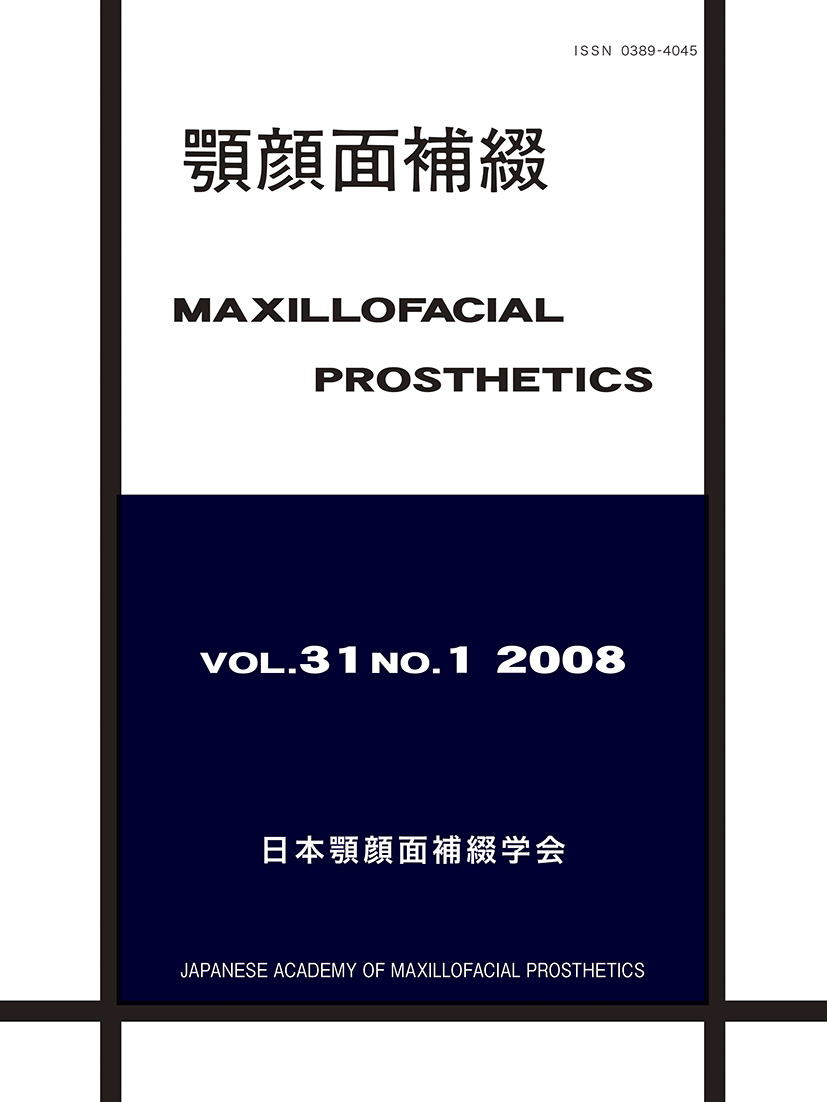Volume 31, Issue 1
Displaying 1-8 of 8 articles from this issue
- |<
- <
- 1
- >
- >|
-
2008Volume 31Issue 1 Pages 1-9
Published: 2008
Released on J-STAGE: April 18, 2024
Download PDF (668K)
-
2008Volume 31Issue 1 Pages 10-16
Published: 2008
Released on J-STAGE: April 18, 2024
Download PDF (642K) -
2008Volume 31Issue 1 Pages 17-21
Published: 2008
Released on J-STAGE: April 18, 2024
Download PDF (510K) -
2008Volume 31Issue 1 Pages 22-28
Published: 2008
Released on J-STAGE: April 18, 2024
Download PDF (1084K) -
2008Volume 31Issue 1 Pages 29-35
Published: 2008
Released on J-STAGE: April 18, 2024
Download PDF (630K) -
2008Volume 31Issue 1 Pages 36-44
Published: 2008
Released on J-STAGE: April 18, 2024
Download PDF (892K) -
2008Volume 31Issue 1 Pages 45-52
Published: 2008
Released on J-STAGE: April 18, 2024
Download PDF (1196K)
-
2008Volume 31Issue 1 Pages 53-56
Published: 2008
Released on J-STAGE: April 18, 2024
Download PDF (500K)
- |<
- <
- 1
- >
- >|
